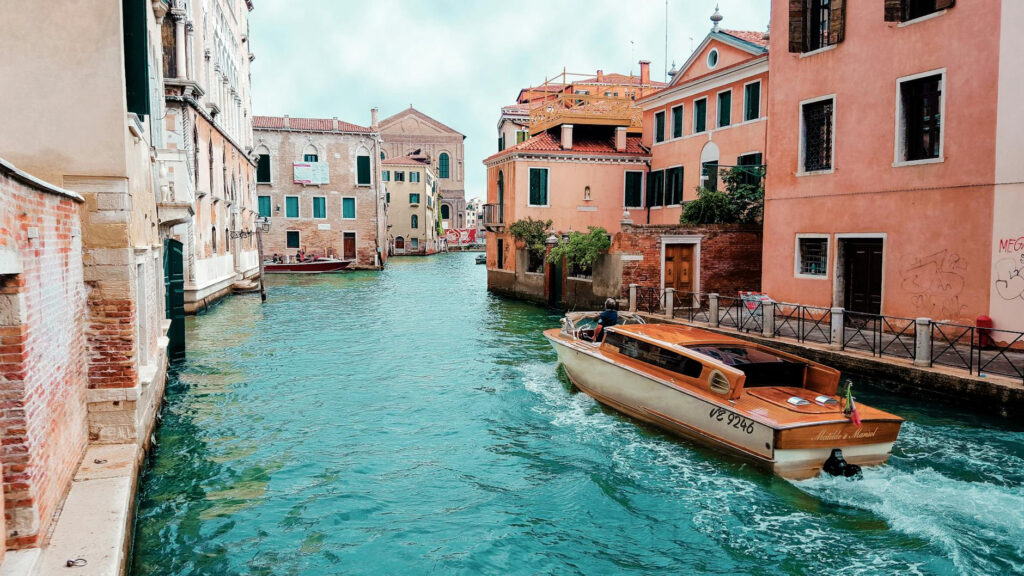Canals, the arteries of water that crisscross the landscape, have long captured the imagination and shaped the destinies of civilizations throughout history. These man-made waterways, renowned for their engineering ingenuity and economic significance, continue to enchant and inspire us with their timeless charm and practicality. In this article, we embark on a journey to explore the wonders of canals, from their ancient origins to their modern-day roles in transportation, irrigation, and recreation.
A Brief History of Canals: From Antiquity to Modernity
1. Ancient Beginnings:
The origins of canals can be traced back to ancient civilizations, where they were built for irrigation, flood control, and transportation. The earliest known canals date back to Mesopotamia and ancient Egypt, where they were vital for agriculture and trade along the Nile and Euphrates rivers.
2. Medieval Marvels:
During the Middle Ages, canals experienced a resurgence in Europe as burgeoning cities sought to connect inland waterways with coastal ports for trade. Iconic examples include the Grand Canal in China, the Canal du Midi in France, and the Canal Ring in Amsterdam, all of which showcased remarkable feats of engineering and spurred economic growth.
3. Industrial Revolution:
The Industrial Revolution ushered in a new era of canal construction and expansion, fueled by the need to transport goods and raw materials more efficiently. Canals such as the Erie Canal in the United States and the Bridgewater Canal in England played pivotal roles in facilitating industrialization, urbanization, and economic development.
4. Modern-Day Utilization:
In the modern era, canals continue to serve as vital lifelines for transportation, irrigation, and recreation. While some historic canals have been repurposed for tourism and leisure, others remain essential arteries of commerce and industry, supporting global trade networks and regional economies.
Practical Applications of Canals: Navigating the Waterways
1. Transportation:
Canals provide a cost-effective and environmentally friendly mode of transportation for goods and passengers, offering a congestion-free alternative to road and rail networks. Barges and canal boats navigate the waterways, carrying cargo ranging from agricultural products and raw materials to consumer goods and industrial equipment.
2. Irrigation and Agriculture:
Canals play a crucial role in irrigation and agriculture, delivering water to arid regions and fertile farmland for crop cultivation. By harnessing the power of rivers and reservoirs, canals provide a reliable water supply for irrigation, ensuring the sustainability of agricultural production and food security for communities.
3. Flood Control and Water Management:
Canals serve as vital infrastructure for flood control and water management, diverting excess water during periods of heavy rainfall or snowmelt to prevent flooding and mitigate water scarcity. By regulating water levels and flow rates, canals help protect communities, ecosystems, and critical infrastructure from the impacts of natural disasters.
4. Recreation and Tourism:
Canals are popular destinations for recreation and tourism, attracting visitors with their scenic beauty, historic charm, and recreational opportunities. Activities such as boating, fishing, cycling, and walking along canal towpaths offer leisurely experiences that connect people with nature and heritage.
Preserving the Legacy of Canals: Stewardship and Conservation
As we marvel at the wonders of canals and their myriad benefits, it’s essential to recognize the importance of stewardship and conservation in preserving these invaluable waterways for future generations. Efforts to maintain and restore historic canals, protect water quality, and promote sustainable use are essential to ensuring the longevity and vitality of these cultural and ecological treasures.
Conclusion
Canals, with their rich history, practical utility, and inherent beauty, continue to captivate and inspire us with their enduring legacy. As we navigate the waterways of the world, let us embrace the timeless charm and practicality of canals, recognizing their significance as vital lifelines that connect communities, sustain economies, and enrich our lives in profound and meaningful ways.

